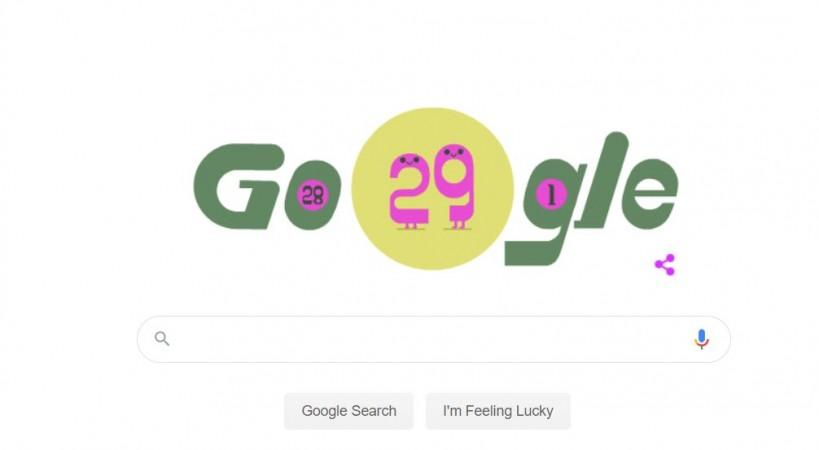2020 is a leap year, which means an extra day is added to a usually 28-day month of February. It is also a year when people born on February 29, also called "leaplings," get to celebrate their birthday which comes every four years.
But why do we need leap years?
There is a purpose behind this year's 366-day calendar. February 29, also known as Leap Day, helps keep our calendars aligned with the Earth's rotation around the sun.
Put simply, an extra day of 24 hours is built into the calendar to ensure that it stays in line with the Earth's movement around the Sun. While the modern calendar contains 365 days, the actual time it takes for Earth to orbit its star is slightly longer—roughly 365.2421 days.

The difference might seem negligible, but over decades and centuries that missing quarter of a day per year can add up. To ensure consistency with the true astronomical year, it is necessary to periodically add in an extra day to make up the lost time and get the calendar back in sync Earth's rotation around its star, according to Histroy.com
When were leap years added to the calendar?
The leap year was introduced in the Julian calendar in 46 BC with the creation of the Julian calendar. The emperor included a leap year every four years. But Caesar's math wasn't quite right.
Let's understand, why. To be precise, Earth completes one orbit in 365 days, 5 hours, 48 minutes and 46 seconds. However, with three years of 365 days and one leap year of 366 days, the average length of a year in the Julian calendar was 365 days and 6 hours. This was longer, though slightly, than the time taken by the Earth rotate around the Sun.
Caeser's leap year formula ended up making the average calendar year longer than the solar year. The difference: a small matter of 11 minutes and 14 seconds.
In the 16th century, it was calculated that the calendar years until then had accumulated 10 extra days.
In 1582, Pope Gregory XIII's astronomers realized the time discrepancy. And subsequently, Pope Gregory XIII commissioned a modified calendar, one which kept Leap Day but accounted for the inaccuracy by eliminating it on centurial years not divisible by 400.
Now, a leap year occurs in every year that is divisible by four but only in century years that are evenly divided by 400.
Therefore, 800, 1200 and 2000 were leap years - but 1700 and 1900 were not, because even though they are divisible by four, they are not divisible by 400.
The introduction of the Gregorian Calendar marked the last change to the Western calendar as we know it today.
So is the calendar is correct now?
Not quite. Since it takes 365.2425 days for the Earth to travel around the sun, the solar year is approximately 26 seconds shorter than the Gregorian year at the moment.
At such a rate it will take 3,300 years before this discrepancy becomes a problem.













